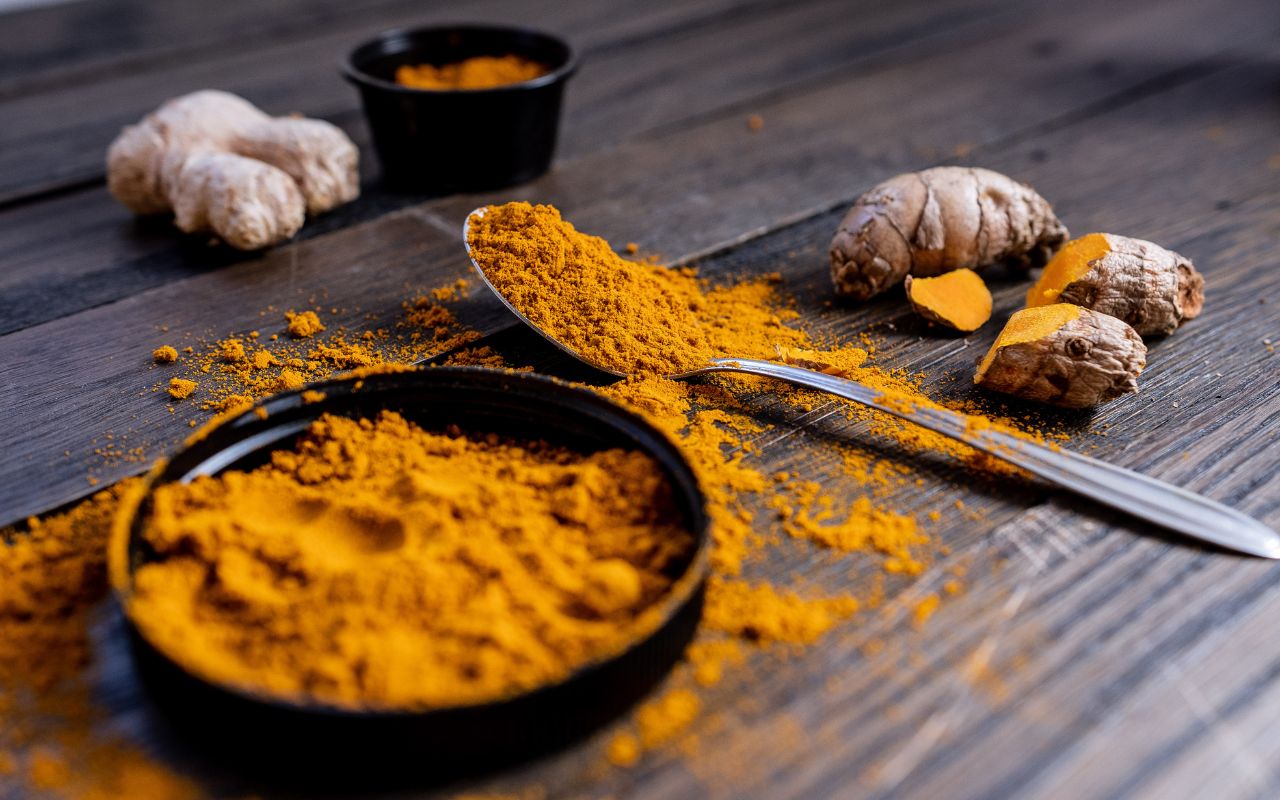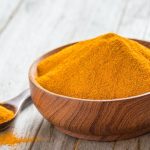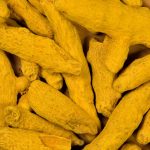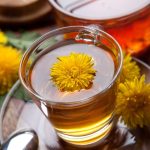Turmeric, a vibrant yellow spice commonly used in Indian cuisine, has gained significant attention recently for its potential health benefits. While its culinary uses are well known, turmeric is increasingly recognized for its medicinal properties, particularly in pain and inflammation relief. This comprehensive guide will delve into the science behind turmeric, how to use it effectively, and the best ways to incorporate it into your daily routine for optimal health benefits.
Understanding Turmeric and Curcumin
Turmeric's active ingredient, curcumin, is responsible for its potent anti-inflammatory and antioxidant properties. Curcumin constitutes about 2 to 6 percent of turmeric and has been extensively studied for its health benefits. Despite turmeric's low curcumin content, consistent use can still provide significant health advantages, particularly when combined with other natural ingredients that enhance its bioavailability.
Numerous studies have supported curcumin's effectiveness in alleviating pain and reducing inflammation. For instance, research has shown that curcumin can help relieve symptoms of arthritis, a condition plagued by chronic inflammation. However, it's important to note that simply adding turmeric to your diet may not provide substantial benefits due to its low curcumin concentration. According to experts, the most effective way to harness turmeric's medicinal properties is by using formulations with increased curcumin levels or combining turmeric with other enhancing agents.
Making Activated Turmeric Paste
One of the most effective ways to consume turmeric for its health benefits is through activated turmeric paste. This homemade concoction maximizes turmeric's bioavailability, ensuring that your body absorbs the maximum curcumin.
Ingredients:
- 1/2 cup of turmeric powder
- 1 cup of water
- 1/3 cup of coconut oil or another healthy oil
- 1 1/2 teaspoons of ground black pepper
Instructions:
- Combine the turmeric powder and water in a saucepan.
- Heat the mixture over low-medium heat, stirring constantly until it forms a thick paste (about 7-10 minutes).
- Add the oil and black pepper, stirring thoroughly to ensure everything is well incorporated.
- Let the paste cool before transferring it to a sterilized jar.
- Store the jar in the refrigerator for up to two weeks.
Black pepper is crucial in this recipe as it contains piperine, a compound known to enhance curcumin absorption by up to 2,000%. The oil also aids in the absorption of curcumin, making your homemade paste a powerful tool for combating inflammation.
How to Use Turmeric Paste
Turmeric paste is incredibly versatile and can be incorporated into your diet in numerous ways. Start with small doses, such as a quarter teaspoon, and gradually increase as your body becomes accustomed to it. Here are some practical ways to use turmeric paste:
In Beverages:
- Golden Milk: Add a teaspoon of turmeric paste to a cup of warm milk (dairy or plant-based). This soothing drink can be enjoyed before bedtime for its calming effects.
- Smoothies: Blend a small amount of turmeric paste into your morning smoothie. The vibrant color and subtle flavor enhance the nutritional profile of your drink without overpowering other ingredients.
In Food:
- Soups and Curries: Stir turmeric paste into soups, stews, and curries for an added health boost. The spice pairs well with many savory dishes.
- Spreads and Dips: Mix turmeric with peanut butter or hummus for a delicious and healthful spread on crackers or vegetable sticks.
Topical Use:
- Skin Applications: Apply turmeric paste directly to wounds, insect bites, or other irritations to speed up healing. The anti-inflammatory properties of turmeric can reduce swelling and promote recovery.
Scientific Evidence Supporting Turmeric's Benefits
The health benefits of turmeric, particularly its active component, curcumin, have been validated through rigorous scientific research. Numerous clinical trials have demonstrated curcumin's efficacy in treating various inflammatory conditions.
For instance, a study published in 2023 highlighted the effectiveness of curcumin in treating psoriasis. The study revealed that curcumin, when applied topically, resulted in significant biochemical and histological improvements in patients' skin. Furthermore, randomized control trials substantiated curcumin's clinical efficacy, showing statistically significant differences between curcumin-treated and placebo groups.
Combining Turmeric with Other Treatments
While turmeric is a powerful natural remedy, combining it with other treatments can enhance its benefits. For instance, acupuncture has been shown to relieve various types of pain by promoting the release of serotonin, a feel-good brain chemical that eases pain. This ancient practice can be particularly effective in treating conditions such as knee osteoarthritis, migraines, and chronic low back pain. Healthline provides an in-depth look into how acupuncture and other natural pain relief methods like heat and ice therapy can complement turmeric's anti-inflammatory effects.
Potential Side Effects and Considerations
While turmeric is generally safe for most people, it's essential to be mindful of potential side effects and interactions with other medications. High doses of turmeric can cause digestive issues, such as diarrhea and nausea. If you experience these symptoms, reduce your intake and consult a healthcare professional.
Moreover, turmeric can interact with blood-thinning medications, increasing the risk of bleeding. If you are taking anticoagulants or have any underlying health conditions, discussing turmeric use with your doctor is crucial to ensure it's safe for you.
Incorporating Turmeric into Your Lifestyle
Beyond the paste, there are several other ways to integrate turmeric into your daily routine for optimal health benefits:
Dietary Supplements:
Turmeric supplements are available in various forms, including capsules, tablets, and tinctures. When choosing a supplement, look for products containing piperine or formulated to enhance curcumin's bioavailability. Always consult with a healthcare provider before starting any new supplement regimen.
Turmeric in Cooking:
Incorporating turmeric into your culinary practices is an excellent way to enjoy its benefits. Add it to rice dishes, sprinkle it on roasted vegetables, or use it as a seasoning for meats and fish. The vibrant color and unique flavor can enhance many dishes.
Turmeric Tea:
Turmeric tea, or “golden tea,” is another easy way to consume turmeric. Brew turmeric powder with water, add honey or lemon for taste and enjoy this warm, comforting beverage.
Conclusion
With its active ingredient, curcumin, turmeric offers a natural and effective way to manage pain and inflammation. This versatile spice can provide substantial health benefits, whether used in paste form, as a supplement, or integrated into your daily meals. Scientific evidence supports its efficacy, making it a valuable addition to any wellness routine. However, as with any natural remedy, it's essential to use turmeric mindfully, be aware of potential side effects, and consult with healthcare professionals as needed. By incorporating turmeric into your lifestyle, you can take a proactive step towards better health and well-being. For more information on using turmeric and other natural remedies, you can visit Spine Central and the Arthritis Foundation.










